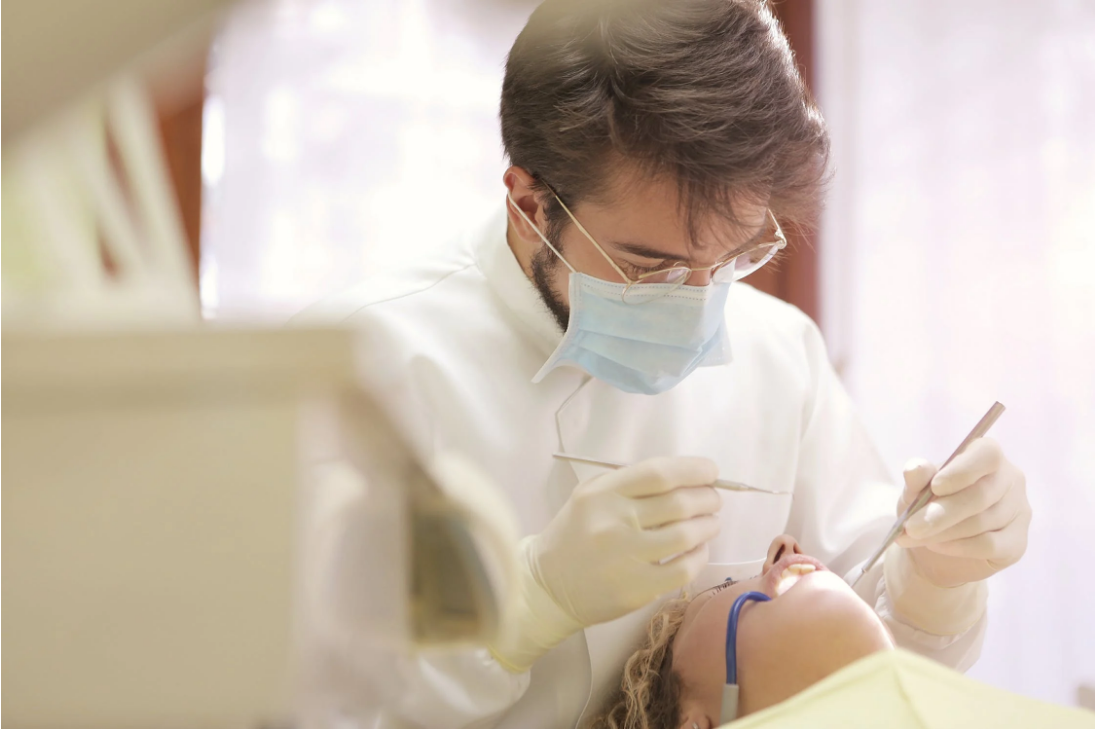
Endodontics and Dental Caries
What is root canal treatment (Endodontics)?
Inside the teeth, there is a small chamber (pulp) containing capillary blood vessels and nerves that gives life to the tooth. This structure, which allows the teeth to grow and continue, also acts as a warning and alarm when decay occurs. When tooth decay breaks down the hard tissues of the tooth and progresses to the pulp chamber, toothache occurs and the acids secreted by bacteria (if not treated) kill the pulp. The resulting toxins (poisons) leak out of the narrow hole at the root tip and spread to the jaw bone. The inflammation in the jaw bone causes the tooth to be lost and the surrounding tissues to be destroyed. Before reaching this stage, the most appropriate solution is to remove the diseased pulp tissue to protect the tooth and the surrounding tissues. After the pulp tissue is cleaned, various procedures are applied to purify this chamber from bacteria and it is disinfected. As a result, this space is filled with special substances up to the root tip.
What is a filling?
A filling is the restoration of the cavity that emerges after all the decay and residue of the decayed teeth have been cleaned, in accordance with the normal form of that tooth, and with a substance that has been proven to remain in the mouth for a long time without causing problems. What is tooth decay? Tooth decay is mostly perceived as cavities that appear with dark colors. Although it is a preventable disease, there are very few people in the world who have not experienced tooth decay.
Why do teeth decay?
Bacterial plaque, which consists of bacteria in the mouth, can form acids from the residues of sugary and floury foods left in the mouth. These acids dissolve the mineral tissue of the teeth, causing the tooth enamel to deteriorate and eventually the onset of tooth decay and the cavities that dentists call cavities.
Who has more cavities?
Since cavities occur as a result of the meeting of sugary and floury foods with bacteria, there is a danger for everyone. However, those who have a very high rate of carbohydrates and sugary foods in their diet and a very low rate of fluoride in their water are at a much higher risk of cavities. Although saliva is a natural defense mechanism against the acid created by bacterial plaque, it cannot prevent cavities on its own. Diseases or medications that reduce the flow and amount of saliva also accelerate the formation of cavities.
